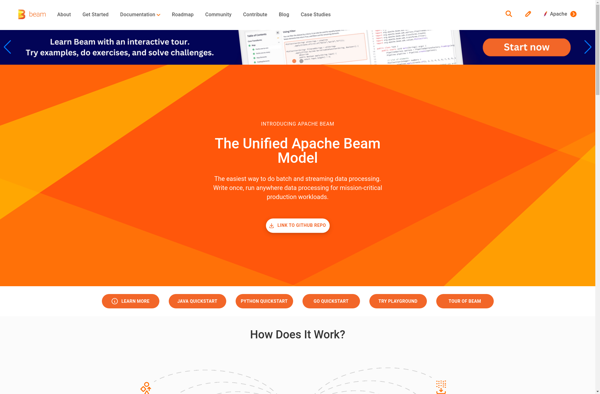Databricks
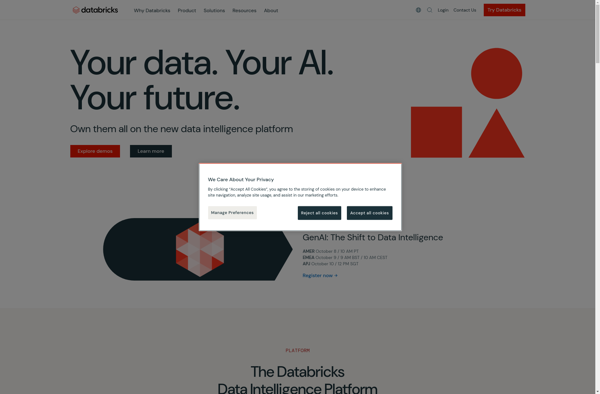
Databricks: Cloud-Based Big Data Analytics Platforms
Databricks is a cloud-based big data analytics platform optimized for Apache Spark. It simplifies Apache Spark configuration, deployment, and management to enable faster experiments and model building using big data.
What is Databricks?
Databricks is a cloud-based platform for running Apache Spark workloads. It was founded by the creators of Apache Spark and provides a managed Spark environment to analyze massive datasets. Key features of Databricks include:
- Fully managed Spark clusters - Databricks handles all the infrastructure and configuration so you can focus just on your data applications.
- Integrated notebooks - Code, visualize, and collaborate using interactive notebooks from web browsers, IDEs, orterminals.
- Auto-scaling clusters - Scale clusters up and down automatically based on workload.
- Security and governance - Databricks includes access controls, encryption, and auditing capabilities.
- Performance optimization - Get the best performance out of Spark with automatic tuning and caching.
- Integrations - Connect and analyze data from popular sources like AWS S3, Delta Lake, and Kafka.
- MLOps capabilities - Train, track, deploy, and monitor machine learning models.
Overall, Databricks provides enterprises with a production-ready environment for running analytics and data science workloads securely at scale. It handles infrastructure so analysts, engineers, and scientists can be productive with Apache Spark while enabling collaboration across teams.
Databricks Features
Features
- Unified Analytics Platform
- Automated Cluster Management
- Collaborative Notebooks
- Integrated Visualizations
- Managed Spark Infrastructure
Pricing
- Pay-As-You-Go
- Subscription-Based
Pros
Cons
Official Links
Reviews & Ratings
Login to ReviewThe Best Databricks Alternatives
Top Ai Tools & Services and Big Data Analytics and other similar apps like Databricks
Here are some alternatives to Databricks:
Suggest an alternative ❐Talend
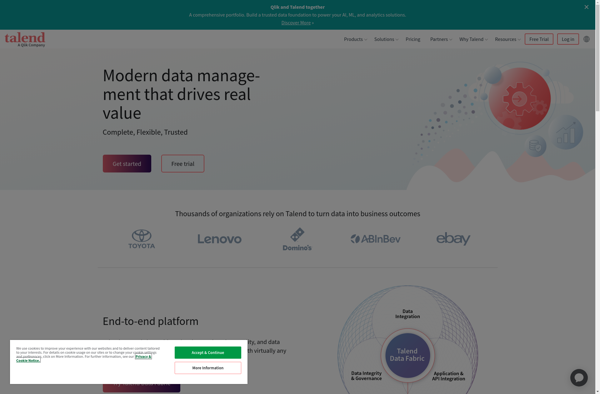
Jupyter
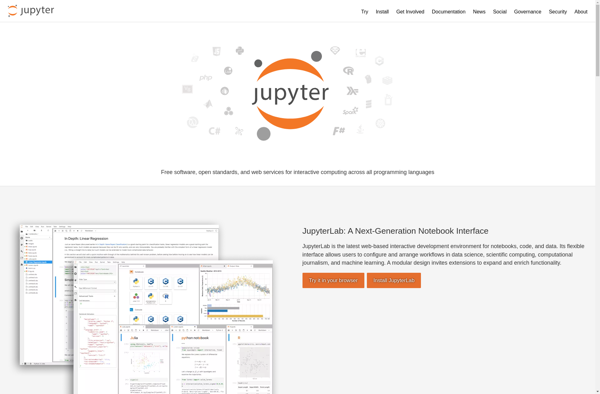
Vertex AI

Livebook
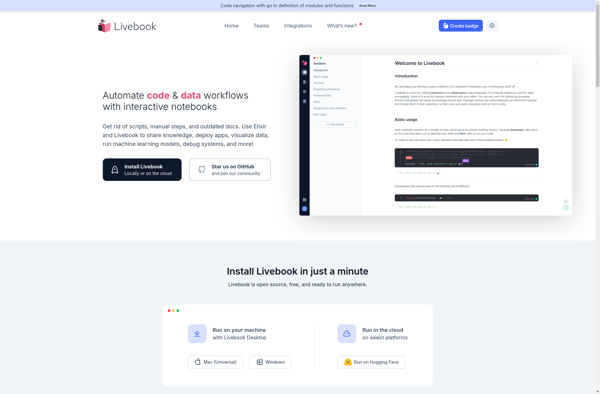
Amazon Kinesis
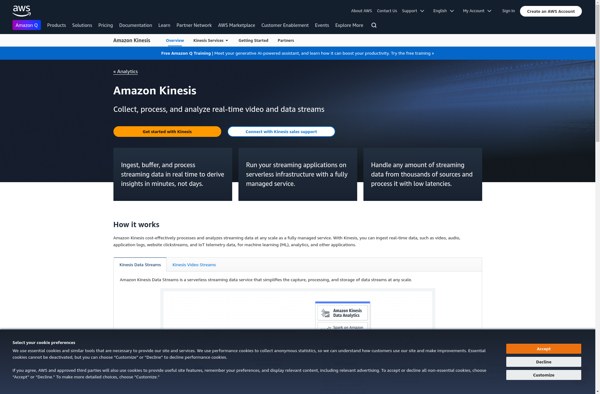
Jupyterlab
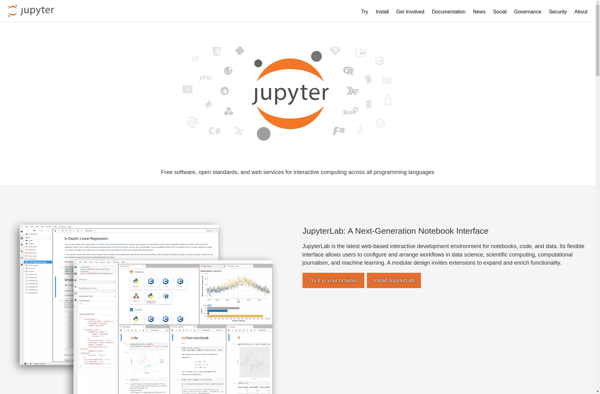
Apache Beam
